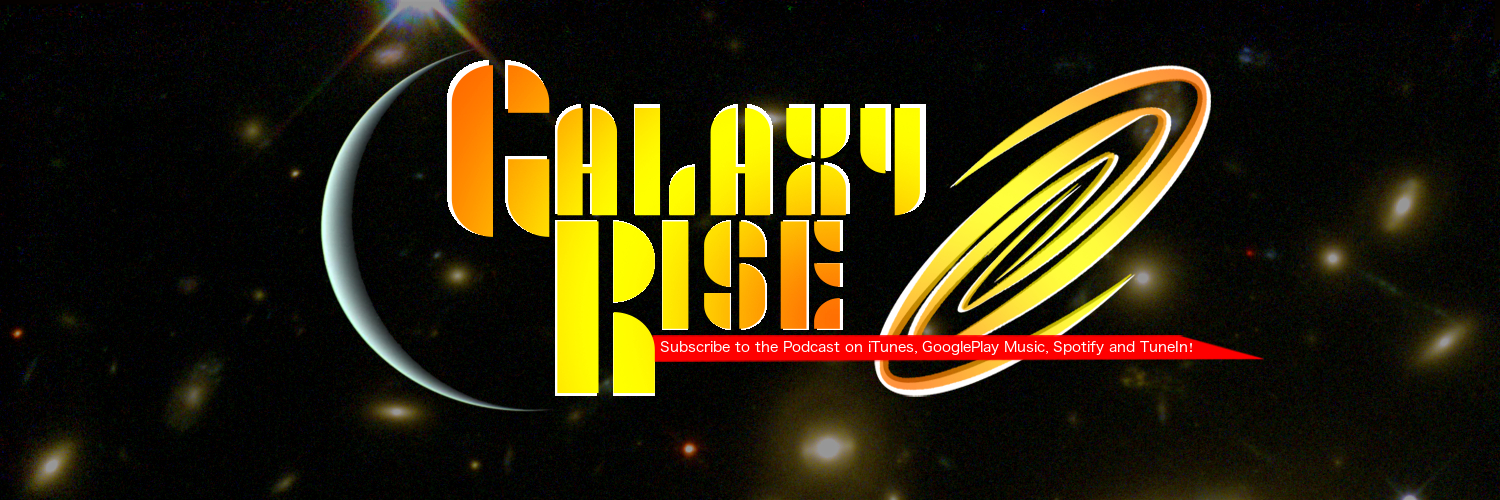This is my first attempt to review and understand a science paper on arxiv.org.
arXiv is an e-print service in the fields of physics, mathematics, computer science, quantitative biology, quantitative finance, statistics, electrical engineering and systems science, and economics. Submissions to arXiv should conform to Cornell University academic standards. arXiv is owned and operated by Cornell University, a private not-for-profit educational institution. arXiv is funded by Cornell University Library, the Simons Foundation and by the member institutions.
Classical Cepheids are excellent tracers of the rotation curve in the outer parts of the Milky Way disk. Our rotation curve outside 12 kpc is more accurate than in any previous studies (Sofue et al. 2009; Reid et al. 2014) and can be used to constrain the distribution of dark matter in the Milky Way.
Currently, our sample includes only 127 Cepheids at Galactocentric distances greater than 12 kpc (out of nearly 600 Cepheids with R > 12 kpc from Skowron et al. 2018). Future Gaia data releases, as well as a dedicated spectroscopic survey of Cepheids, can provide more accurate insight into rotation of the outer parts of the Milky Way disk.
Rotation curve of the Milky Way from Classical Cepheids
P. Mroz, A. Udalski, D.M. Skowron, J. Skowron, I. Soszynski, P. Pietrukowicz, M.K. Szymanski, R. Poleski, S. Kozlowski, K. Ulaczyk
Flat rotation curves of spiral galaxies are considered as an evidence for dark matter, but the rotation curve of the Milky Way is difficult to measure. Various objects were used to track the rotation curve in the outer parts of the Galaxy, but most studies rely on incomplete kinematical information and inaccurate distances. Here, we use a sample of 835 Classical Cepheids with precise distances based on mid-infrared period-luminosity relations coupled with proper motions and radial velocities from Gaia to construct the accurate rotation curve of the Milky Way up to the distance of 20 kpc from the Galactic center. We use a simple model of Galactic rotation to measure the distance of the Sun to the Galactic center R_0 = 7.97 +/- 0.18 kpc and the rotation speed of the Sun Theta_0 = 225.6 +/- 4.2 km/s. The rotation curve at Galactocentric distances 4 < R < 20 kpc is nearly flat with a small gradient of -1.41 +/- 0.21 km/s/kpc. This is the most accurate Galactic rotation curve at distances R > 12 kpc constructed so far.

































